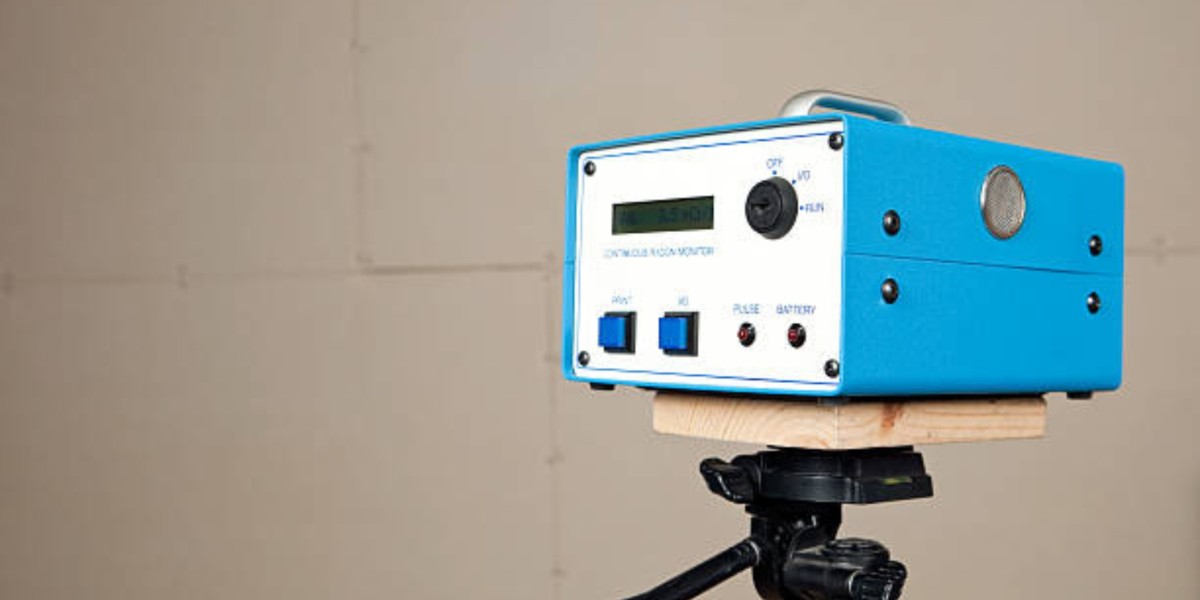In our pursuit of a healthy lifestyle, we often overlook an invisible threat that could be lurking in our homes. Radon, a colorless, odorless, and tasteless gas, is a significant contributor to indoor air pollution and poses serious health risks. This article delves into the importance of regular radon testing and how it can safeguard your health.
What is Radon?
Radon is a naturally occurring radioactive gas that results from the decay of uranium in soil, rock, and water. While it is present outdoors at low levels, it can accumulate indoors, especially in lower areas such as basements and ground floors. When inhaled, radon can damage lung tissue and lead to lung cancer, making it crucial to monitor and control its levels in our living spaces.
How Does Radon Enter Your Home?
Understanding how radon enters your home is essential for preventing its accumulation. Radon typically seeps through:
- Cracks in floors and walls
- Gaps around service pipes
- Construction joints
- Cavities inside walls
These entry points allow radon from the soil to penetrate your home, where it can become trapped and build up to dangerous levels.
The Health Risks of Radon Exposure
Lung cancer is the primary health risk associated with radon exposure. Radon is the second leading cause of lung cancer after smoking, responsible for approximately 21,000 deaths annually in the United States alone. Non-smokers are not immune; radon exposure significantly increases the risk of lung cancer even for those who have never smoked.
Symptoms of Radon Exposure
Radon exposure does not cause immediate symptoms. Unlike other pollutants that may cause headaches, dizziness, or allergies, radon silently affects your health over time. This lack of immediate symptoms makes regular radon testing even more critical.
Why Regular Radon Testing is Essential
Regular radon testing is the only way to know if your home has elevated radon levels. Testing should be conducted in both new and older homes, regardless of geographic location. High radon levels have been found in every state, making it a nationwide concern.
How to Test for Radon
Testing for radon is straightforward and affordable. There are two main types of radon tests:
- Short-term tests: These are used for a quick assessment and typically last between 2 and 90 days. They provide an initial indication of radon levels.
- Long-term tests: These tests last more than 90 days and provide a more accurate average radon level in your home over time.
Radon test kits are available at hardware stores, online, or through your state’s radon program. For the most accurate results, hire a qualified radon professional to conduct the testing.
Interpreting Radon Test Results
Radon levels are measured in picocuries per liter (pCi/L) of air. The Environmental Protection Agency (EPA) recommends taking action to reduce radon levels if your home’s radon level is 4 pCi/L or higher. However, even levels below 4 pCi/L can pose a risk, and lowering radon levels below 2 pCi/L is ideal.
Steps to Reduce Radon Levels
If your radon test results indicate high levels, there are effective measures you can take to reduce radon levels in your home:
- Improve Ventilation: Increasing the airflow in your home can help reduce radon levels.
- Seal Cracks and Openings: Sealing cracks in floors and walls can prevent radon from entering your home.
- Install a Radon Mitigation System: This system uses a vent pipe and fan to reduce radon levels by venting radon from beneath the home to the outside air.
Hiring a Radon Mitigation Professional
While some radon reduction measures can be done as DIY projects, installing a radon mitigation system is best left to professionals. Certified radon mitigation professionals have the expertise and equipment to ensure your home’s radon levels are reduced effectively and safely.
The Cost of Radon Mitigation
The cost of radon mitigation varies depending on the home’s size and design, the radon level, and the mitigation method used. On average, homeowners can expect to spend between $800 and $1,500 on radon mitigation. While this may seem like a significant expense, it is a small price to pay for the health and safety of your family.
The Role of Building Codes and Regulations
Many states and municipalities have building codes and regulations that address radon-resistant construction techniques. These codes are designed to minimize radon entry during the construction of new homes. Homeowners should check local regulations to ensure compliance and consider these techniques if building a new home.
The Importance of Radon Awareness
Increasing awareness about radon is crucial for public health. Despite its serious health risks, many people are unaware of radon and the importance of regular testing. Community education and public health campaigns can help spread the word and encourage more homeowners to take action against radon.
Conclusion
Radon is a silent, invisible threat that can have serious health consequences. Regular radon testing is essential to ensure your home’s air is safe to breathe. By understanding how radon enters your home, recognizing the health risks, and taking action to reduce radon levels, you can protect your family from this hidden danger. Remember, the only way to know if you are breathing toxic air is through regular radon testing. Don’t wait—test your home today and breathe easier knowing your air is safe.



